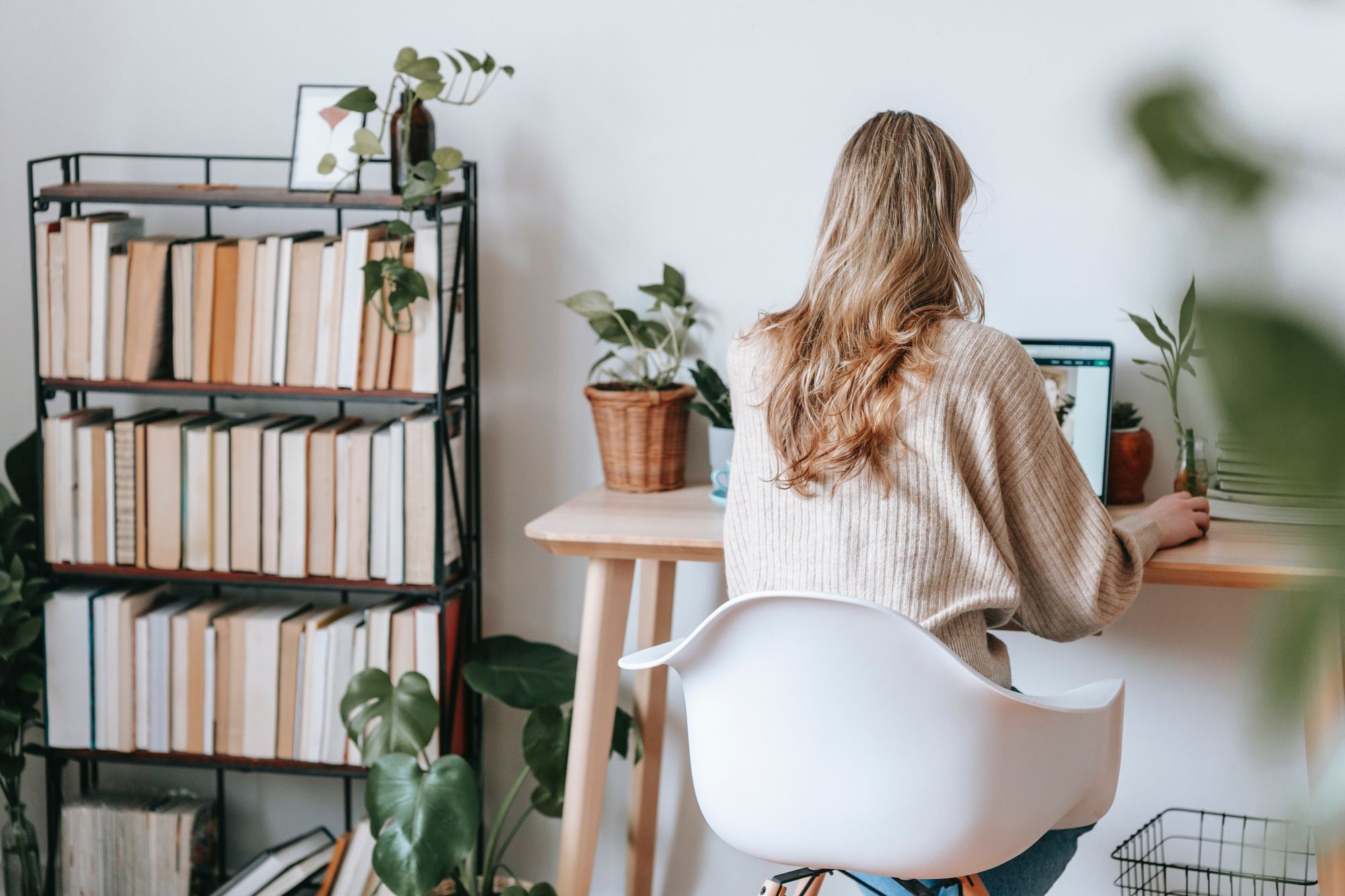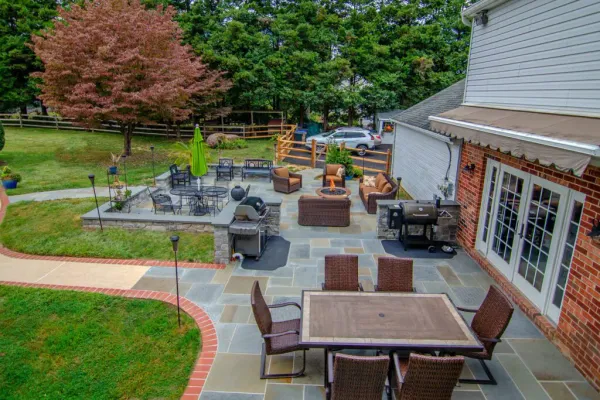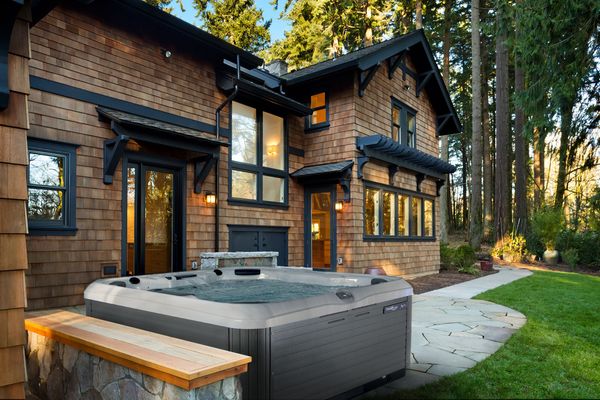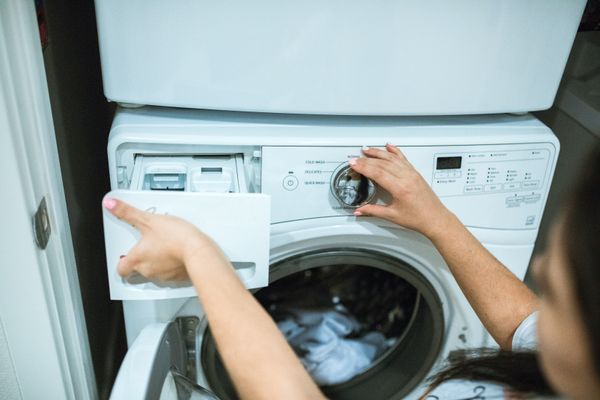Bookshelves are a vital part of home libraries, reading nooks, and living spaces, as they provide an attractive and functional way to display and organize books. They come in various shapes, sizes, and depths to accommodate the diverse range of books that people love to read.
One critical aspect of bookshelf design is its depth, which directly influences the capacity and accessibility of books. This article will explore the concept of average shelf depth, its significance, and its impact on bookshelf design and optimization in the home.
What is "Average Shelf Depth"?
The ABCs of Bookshelf Dimensions
Average shelf depth refers to the mean distance between the front and back edges of a bookshelf, measured in inches or centimeters. It is an essential factor that homeowners and interior designers consider when planning and organizing home book displays.
The depth of a bookshelf not only affects the number of books that can be displayed but also impacts the reading experience by influencing book visibility and accessibility.
Importance of Average Shelf Depth
Standard Bookshelf Depth
The average shelf depth plays a crucial role in determining the overall efficiency and aesthetics of a home bookshelf. Some of the key factors influenced by shelf depth include:
Book Capacity
Deeper shelves can hold more books, allowing for a greater range of titles to be displayed and stored. This can be particularly useful for avid readers and collectors with extensive book collections.
Visibility
Shelf depth can directly impact the visibility of books. Shelves that are too deep may make it difficult for readers to see and reach books at the back. On the other hand, shallow shelves may lead to a cluttered appearance, which can be off-putting to potential readers.
Accessibility
Average shelf depth also influences how easily readers can access and interact with books. If a bookshelf is too deep, it may be challenging for readers to reach books at the back, leading to frustration. Conversely, shelves that are too shallow might result in books falling off or getting disorganized.
Space Optimization
The depth of bookshelves can also affect the overall layout and flow of a home reading space. Designers need to balance the need for adequate book capacity with the efficient use of available floor space.
What is the Average Shelf Depth?
Standard Bookshelf Dimensions
There is no one-size-fits-all solution for average shelf depth, as it largely depends on individual needs and preferences. However, some general figures can be considered as a starting point for designing your bookshelves:
Standard shelf depth
A standard depth for home bookshelves typically falls between 10 to 12 inches (25 to 30 centimeters). This depth accommodates most average-sized books comfortably while still allowing for some extra space for slightly larger volumes.
Shallow shelf depth
For smaller books, such as paperbacks or pocket-sized volumes, a shallower shelf depth of around 6 to 8 inches (15 to 20 centimeters) might be sufficient. This option is ideal for creating a minimalist appearance or when space is limited.
Deep shelf depth
For larger, heavier, or oversized books like coffee table books, art books, or atlases, a deeper shelf depth of 14 to 16 inches (35 to 40 centimeters) may be necessary. This depth provides adequate support and stability for such volumes while ensuring they are easily accessible.
How to Determine the Ideal Average Shelf Depth for Home Bookshelves
Three-Shelf Bookcase
Selecting the perfect average shelf depth for home bookshelves is a delicate balancing act that requires consideration of several factors, including:
Book Size and Shape
The size and shape of the books being displayed play a significant role in determining the ideal shelf depth. For example, large or bulky books will require deeper shelves, while smaller or thinner books can be accommodated on shallower shelves.
Reader Behavior
Understanding reader behavior is crucial when selecting shelf depth. Designers must consider how readers will interact with the books on display and ensure that the chosen depth facilitates easy browsing and access.
Reading Space Layout
The overall layout of the home reading space will also influence the ideal average shelf depth. Designers must ensure that bookshelves do not obstruct the flow of foot traffic or make the space feel cramped.
Aesthetic Appeal
Finally, designers should consider the visual appeal of the home reading space and how the chosen shelf depth will contribute to the overall design. Shallow shelves can create a cleaner, more minimalist look, while deeper shelves can give a sense of abundance and variety.
Best Practices for Home Bookshelf Depth Optimization
Five-Shelf Bookcase
To make the most of the available home reading space, designers should follow these best practices for bookshelf depth optimization:
Use a Combination of Depths
Mixing and matching different shelf depths can help designers cater to various book sizes while maximizing the overall efficiency of the home reading space.
Regularly Monitor and Adjust
Homeowners should regularly assess the effectiveness of their bookshelf depth and adjust as necessary, taking into account changes in book collections, reader preferences, and usage patterns.
Utilize Vertical Space
In addition to optimizing shelf depth, consider making use of vertical space by installing taller bookshelves or incorporating adjustable shelving systems. This allows for additional storage and display options without sacrificing floor space.
Implement Bookends and Dividers
To prevent books from falling off shallow shelves or becoming disorganized, use bookends and dividers to secure and separate volumes. These accessories can also enhance the visual appeal of bookshelves by introducing color, texture, and design elements.
Create Themed Sections
Organizing books into themed sections can help readers navigate bookshelves more easily, regardless of shelf depth. This strategy also enables designers to customize shelf depths according to the specific needs of each section, such as deeper shelves for coffee table books or shallower shelves for paperbacks.
Consider Lighting
Proper lighting plays a crucial role in making books easily visible and accessible on bookshelves. Incorporate ambient, task, or accent lighting to enhance the readability and aesthetic appeal of your home bookshelves.
Conclusion
Proper Shelf Spacing for Corner Bookcase
Average shelf depth is a critical aspect of home bookshelf design that affects book capacity, visibility, accessibility, and overall space optimization. By carefully considering factors such as book size, reader behavior, and home reading space layout, designers can create bookshelves that strike the perfect balance between aesthetics and functionality.
Fixed Shelves for Quality Bookshelf
By implementing best practices for home bookshelf depth optimization, homeowners can ensure that their reading spaces are inviting, efficient, and enjoyable for readers of all ages and preferences.






